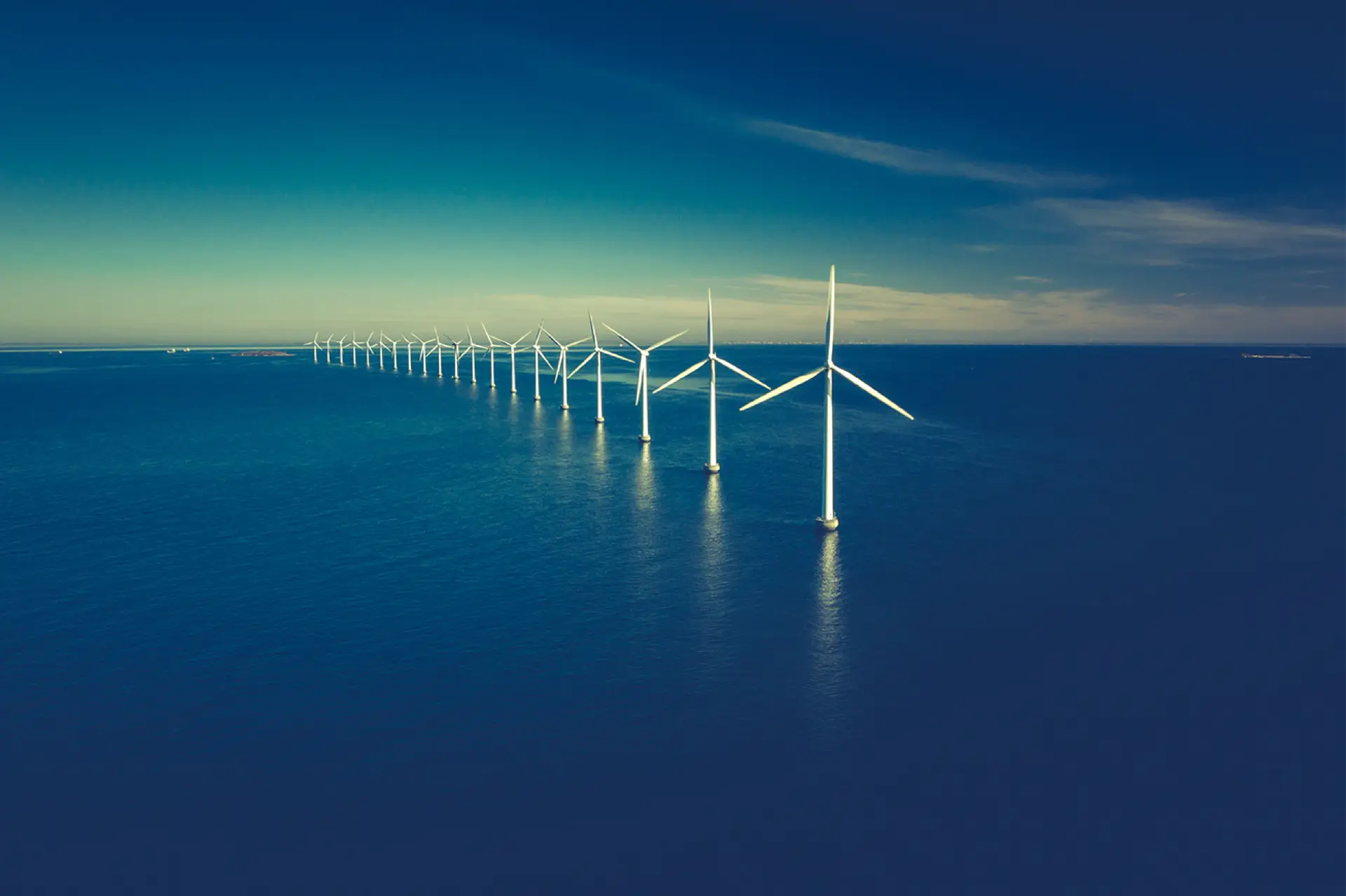Ana Musat, Executive Director of Policy and Engagement
24/07/2025 | Energy markets


Fast and furious: how the Government should balance the ambitions of the Clean Power 2030 target with strategic reforms
24 July 2025
The run up to Allocation Round 7, which is due to open for applications on Thursday 7 August, has been marked by a significant degree of uncertainty. What will the auction rules and parameters be? Which projects will be eligible? Will the auction be driven by a budget or a capacity ambition? And what sort of electricity market will we even have?
Whilst many of these questions have been answered in the last couple of weeks, in a way that has buoyed both investors and industry, we are now in full-on delivery mode for achieving Clean Power 2030. And this will require grappling with new challenges, including:
- How can we maximise our chances of delivering at such an accelerated pace?
- What role do markets have, relative to central planning, in facilitating this rate of delivery?
- What does it all mean for billpayers and for investors looking at the UK market?
In this blog, we will take stock of where the announcements to date leave us and what comes next.
Taking stock:
After many months of uncertainty – or years, if you look at questions on electricity market reform - we finally have an understanding of the framework for the Allocation Round 7 (AR7) and the high-level plan following the second Review of Electricity Market Arrangements (REMA).
Broadly speaking, the mood is one of cautious optimism. The industry is pleased to see that the Government has set out parameters that make AR7 highly investable, at a time when we have over 20GW of offshore wind eligible to bid into this year’s auction, enough to power 22 million UK homes. But caution remains, given the difficult market conditions, and developers are reporting increases in costs of raw materials like steel and rare earths, supply chain bottlenecks (particularly around vessel availability), cables, switchgears and transformers, with increased demand across the world driving up costs.
Given the wider context, it makes sense that we are seeing higher Administrative Strike Prices (ASPs) for AR7, which reflect the cost increases described above, which are impacting all infrastructure sectors. But higher ASPs do not mean that the auction will clear at these prices, they merely give investors more headroom for devising highly competitive bids and act as a backstop for consumers. With the level of competition we are seeing in this auction, and as previous years have shown, we will likely see strike prices come in below ASPs. This year, more realistic technology load factors will also mean that the final budget can go a lot further in procuring capacity.
Last week, the Government also announced an extension of CfD contracts from 15 to 20 years, which was a welcome move reflecting the longer lifetime of modern offshore wind farms, which are now able to generate power for 30 years or more. The AR7 parameters also demonstrate a clear commitment to ramp up the deployment of floating offshore wind and get the test and demonstration projects to market. However, rapid progress will be needed to ensure that infrastructure deployment accelerates to enable these projects to be delivered, with port upgrades being particularly essential to enable the assembly and installation of these bigger structures.
Yesterday’s parameters also clarify that the Government will be clearing Scottish offshore wind projects at different prices to those in the rest of the country, recognising the increased costs they face for transmission charging and avoiding having to uplift strike prices for all projects to this level. We will also see, for the first time, unconsented projects bidding into AR7 (albeit with some constraints and requirements to show they have advanced progress towards obtaining their planning permission, thereby restricting immature speculative projects from potentially crowding out more developed projects). This will increase the level of competition in the auction which should see prices well below the ASPs, but the Government will need to remain focused on the deliverability of these projects, following the award of any CfD contracts.
Finally, we now know that zonal pricing will not be taken forward under the REMA package. Instead, the Government will focus on increasing the operational efficiency of assets (through constraints management and better use of balancing mechanisms) as well as sending more accurate and predictable locational signals through a reformed Transmission Network Use of System (TNUoS) regime and a Strategic Spatial Energy Plan (SSEP), which NESO is developing and is due to be published in 2026.
Where does this leave us?
All of this constitutes a significant amount of change in a short space of time, and I think I speak for everyone when I say that this year saw a record number of consultations and reforms, on very significant topics, coming through in very quick succession. We shouldn’t forget that, in addition to what was mentioned above, both the Government and NESO are cracking on with Connections Reform, grid buildout, planning reform through the Planning and Infrastructure Bill, delivering greater levels of storage and flexibility, the implementation of the Modern Industrial Strategy, to name just a few!
The volume and pace of work is understandable given the ambitious targets set by the Government. Achieving clean power by 2030 will require us to effectively double installed capacity across all technologies. It will also require progress on the enduring blockers to deployment, some of which I have referenced, and defining clear roles and responsibilities for all the institutions involved in delivering this target, some of which have been in existence for just under a year. But it will also require these incredibly complex work packages to come together in a way that doesn’t leave investors, developers and suppliers confused.
To make this work, strong collaboration between industry and Government will be essential. Trusted and continued communication about how reforms are working in practice, and any unintended consequences, will be essential to enabling Government to recalibrate and ensure that quality is not sacrificed in the name of speed. A recent example of the Connections Reform evidence portal malfunctioning is a prime example, and RenewableUK will continue to lead Industry efforts to support NESO’s work in establishing a functional portal that maintains pace and confidence in the connections reform process.
At the same time, the Government will need to be absolutely clear about who is making certain strategically important decisions and how the industry is to be engaged in the process. In a reformed national market, SSEP will have a more prominent role, but we still need to understand how this level of central planning will work in a system that is still reliant on market signals and private companies encompassing the lion’s share of investment.
Finally, we will need to look beyond Clean Power 2030. The ambition and proximity of 2030 will give us at least two super-auctions, with huge volumes of investment coming into the UK (up to £53 billion in private investment could be secured just this year to deliver new offshore wind), increased demands for bolstering supply chains, as well as the ever-growing need to increase the pace of network buildout. But we are building an industry for the long-term, and the energy transition will not be concluded by 2030. So it’s essential that the Government continues working with our industry to provide long-term clarity on the direction of travel, and that means an auction schedule and capacity ambitions that look beyond the next two years.
This is a challenging but exciting phase for the energy transition, and we need to use the next few years to bolster our strong industry, grow the supply chains that create economic opportunities across the country, and deliver clean power by 2030 at the lowest cost for billpayers.



